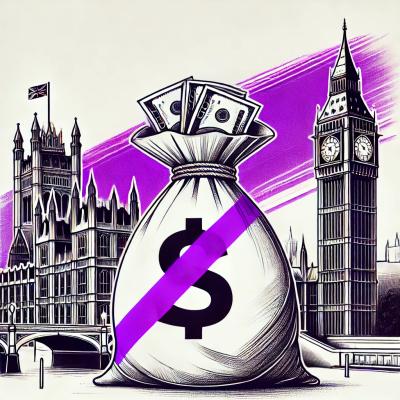
Security News
Fluent Assertions Faces Backlash After Abandoning Open Source Licensing
Fluent Assertions is facing backlash after dropping the Apache license for a commercial model, leaving users blindsided and questioning contributor rights.
Fast and efficient animated gif creator in EcmaScript.
This code is based on @sole's https://github.com/sole/Animated_GIF. It adds a few optimizations:
In general this makes processing much faster and significantly reduces the size of the generated files hence, more eficient.
Tinygif records 5 seconds of a canvas and generates a Gif. There are three phases:
Bloblet canvas = document.getElementById("demo-canvas")
let start = Date.now()
const progress = (recorder, count) => {
console.log((Date.now() - start) + 'ms elapsed; Frames: ' + count)
}
const record = async () => {
start = Date.now()
let tg = new Tinygif({}, progress) // you may need new Tinygif.default(...)
let blob = await tg.record(canvas)
let img = document.createElement("img")
img.src = URL.createObjectURL(blob)
document.body.appendChild(img)
// Note there is usually a delay between the end of capturing
// frames (which fire progress events) and completing the processing
// of frames and the rendering of the movie
console.log((Date.now() - start) + 'ms elapsed; Done')
}
// Record for five seconds, the default
record()
setTimeout instead of setInterval and correct for driftRun a dev server: yarn start
Build continuously: yarn build:watch
Change the version in package.json and npm publish
We based it on:
We're using these fantastic libraries to do GIF stuff:
Thanks to:
FAQs
Fast and efficient animated gif creator in EcmaScript.
We found that tinygif demonstrated a not healthy version release cadence and project activity because the last version was released a year ago. It has 1 open source maintainer collaborating on the project.
Did you know?

Socket for GitHub automatically highlights issues in each pull request and monitors the health of all your open source dependencies. Discover the contents of your packages and block harmful activity before you install or update your dependencies.

Security News
Fluent Assertions is facing backlash after dropping the Apache license for a commercial model, leaving users blindsided and questioning contributor rights.

Research
Security News
Socket researchers uncover the risks of a malicious Python package targeting Discord developers.

Security News
The UK is proposing a bold ban on ransomware payments by public entities to disrupt cybercrime, protect critical services, and lead global cybersecurity efforts.